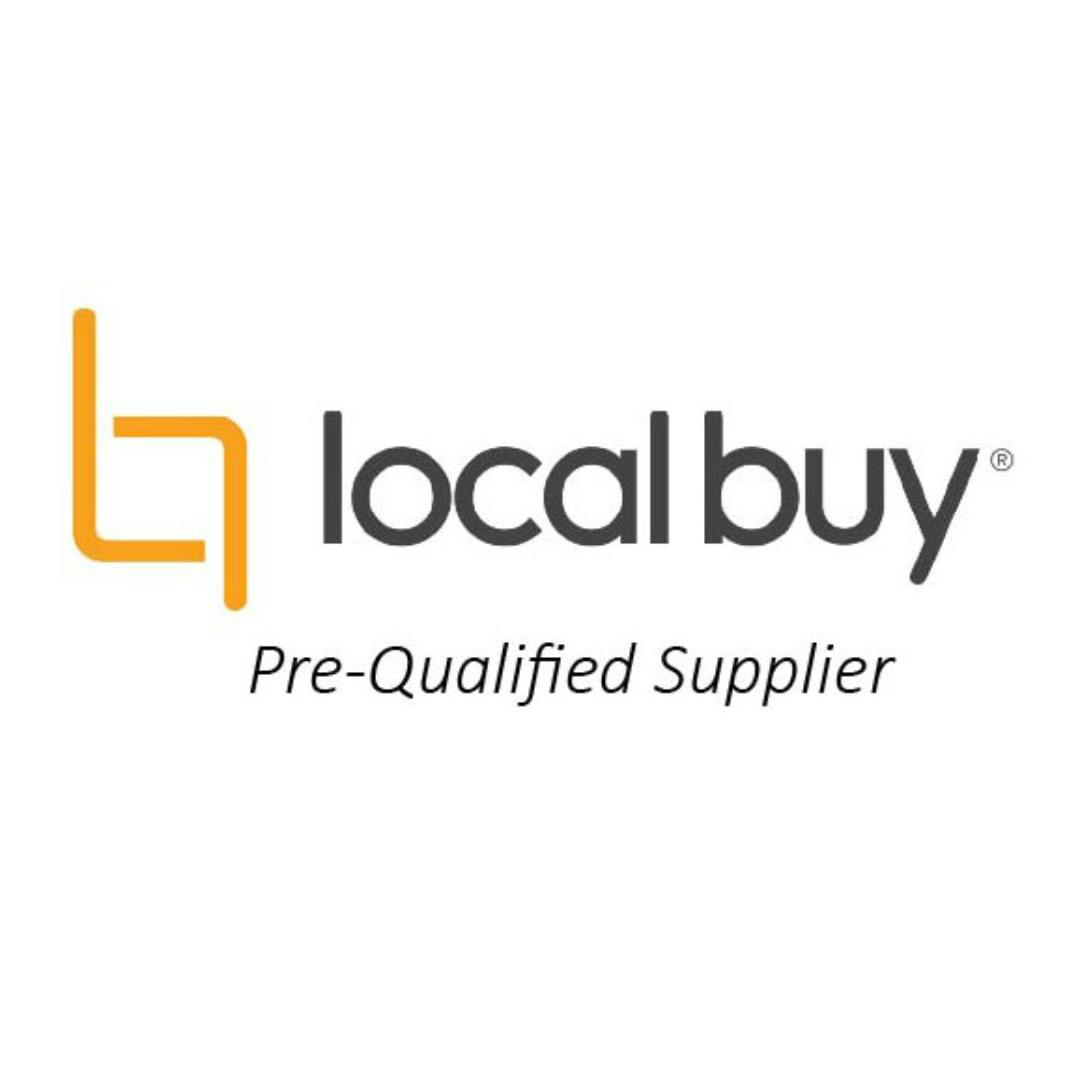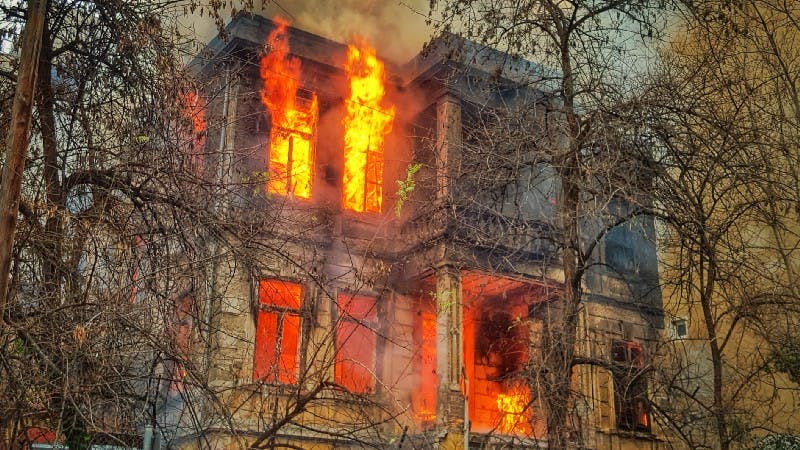I am one of the 12,000 affected unit owners. The ‘regulatory fail’ in question is described on the Department of Housing and Public Works website as:
“At the heart of the problem is the use of a thin layer of combustible thermoplastic material called polyethylene (PE) sandwiched between two sheets of aluminium which, when fitted externally to buildings, can contribute to fire spread.”
Background
On 24 August 2017, legislation addressing Non Conforming Building Products (NCBP’s) was passed by the Queensland Parliament and commenced on 1 November 2017.
This legislation was the first of its kind in Australia and it establishes a chain of responsibility, placing duties on building product supply chain participants (including product designers, manufacturers, importers, suppliers and installers) to ensure building products are safe and fit for intended purpose.
Furthermore the current compliance and enforcement systems in place to ensure the construction of safe buildings has been the subject of much criticism, with the main focus in this regard been on Australian Building Codes Board (ABCB), established in 1994 and responsible for the development of the the National Construction Code (NCC) in 2011.
In an article entitled Enormous Brother is Watching I indicated that:
“In an online article entitled Probe uncovers ‘significant’ construction industry failings it was pointed out that “an assessment of Australia’s compliance and enforcement systems for the building and construction industry has delivered a damning verdict”.
This review was ordered by the Building Ministers’ Forum following London’s Grenfell Tower disaster last year and it unearthed a number of significant issues and shortcomings with the NCC. The article alleges that a report compiled as a result of this review points out that:
“compliance and enforcement systems need to change ‘as a matter of priority’, but warns there is no ‘silver bullet’ and proposed changes could take three years to implement”.
Present situation
At least 12,000 unit owners (figure stated in the below linked explanatory notes) will be required to comply with a three stage regulatory combustible cladding process that entails:
- mandatory registration of unit details with the QBCC;
- a possibly costly evaluation of the unit to determine if it has any combustible cladding; and
- if the unit does have any dangerous cladding then owners will be required to incur substantial removal and rectification costs.
Further detailed information in this regard is outlined in the Building and Other Legislation (Cladding) Amendment Regulation 2018 (QLD). The explanatory notes for this amendment regulation states that:
“The policy objectives of the Building and Other Legislation (Cladding) Amendment Regulation 2018 are to determine the extent of the use of potentially combustible cladding on existing private buildings in Queensland and raise awareness with building owners of the risks associated with potentially combustible cladding.”
Elsewhere in the explanatory notes it is stated:
“The policy objectives of the Building and Other Legislation (Cladding) Amendment Regulation 2018 will be achieved by requiring owners of particular buildings to undertake an assessment of the material on the external walls of their building. The buildings that are captured are class 2–9 buildings (this includes a range of buildings from multi residential to shopping centres and private health facilities) of Type A or Type B construction. Class 1 and 10 buildings, detached houses and sheds, will not be captured.
Buildings that are in-scope are those that received a building development approval after 1 January 1994 to construct the building or to alter the external wall assembly of the building. This will result in buildings which may be older than 1 January 1994 having to undertake rectification work if an alteration has been undertaken.”
In a press release from the Strata Community Association Limited (SCA), the peak industry body for Body Corporate and Community Title Management in Australia and New Zealand, Vice President James Nickless was quoted as saying:
“We welcome the new laws as they signal an important first step in helping owners understand their risk profile, but a glaring omission is the funding owners require for potential inspections and rectifications.”
“The cost to have professionals inspect buildings, and where necessary pay a fire engineer to assess whether cladding needs to be removed is between $10,000 — $30,000 per building and we’re eager to see these new laws supported with a funding scheme.”
“You would be hard pressed to find any building in Queensland that does not meet the criteria of being built or had works done in the past 24 years so these new laws affect practically every single apartment owner in Queensland.”
Elsewhere in the press release Mr Nickless states:
“If cladding is determined unsafe by fire engineers in the third and final stage of the process, affected owners may be up for removal costs between $30,000 and $60,000 per apartment on top of the inspection costs, so there must be funding to minimise the strain of the initial outlay.”
Consequently based on these estimates owners like me will potential be up for total costs ranging from 40,000 to $90,000 if any combustible cladding has been used in the construction of their units.
There is an article regarding this issue in today’s Courier Mail where it is stated that the Minister of Housing and Public Works, Mick de Brenni “expected about 10,000 of the 12,000 privately owned high-rise buildings in Queensland to be cleared of needing further investigation after the test.”
Elsewhere in the article it is stated:
“It’s understood a government-owned high rise cost only $12,000 to rectify last year.”
These statements are in stark contrast to those by Mr Nickless of the SCA and only time will tell what will be the actual outcomes.
For my part I will be providing further updates regarding my experience in relation to this process so please follow my journey.
I am left wondering how this has happened because when I purchased this brand new unit in inner Brisbane several years ago I made all the necessary enquiries, undertook all the required legal searches and fully informed myself of all relevant matters.
It is a fact that even though I did everything expected of me as a prospective purchaser of a new unit, the legal onus is now going to be on me to address a situation caused by ineffective regulation relating to the design and construction of buildings.
I accept that given what the current government now knows in respect of certain types of external cladding and in the aftermath of the tragic Grenfell Tower fire in London, an audit of privately owned buildings has to occur for obvious health and safety reasons. I appreciate the need for the government having to act decisively in this regard.
However it can only be concluded that such a drastic course of action is an admission that in respect to the use of dangerous combustible cladding in the construction of buildings, all federal, state and local governments, along with the industry over the past 24 years have failed in their collective responsibility to ensure buildings are safe and healthy for us to occupy.
Final thoughts
It is a fact that transformation of the industry is underway as a result of innovation developments. I pointed this out in a previous article entitled Regulation v Innovation.
In another article entitled Governments must regulate the construction industry ‘eyes up’ I made the case for governments to develop and implement ‘future fit’ regulation to support innovation. I stated:
“Future fit’ regulation of the building and construction industry will assist the industry to transform itself into a more productive, profitable, inclusive (more women!) industry, with ‘future fit’ well trained and appropriately remunerated workers and professionals producing efficient, safe, sustainable, liveable and affordable buildings for us to work, play and live in.”
I sincerely hope that governments have learnt the lessons of this regulatory fail in respect of the use of dangerous combustible cladding and the industry is far better regulated in the coming decades with regard to ensuring buildings are safe, but at the same time allowing the industry to transform itself as a result of innovation developments.
If you are keen to be at the front of the technological revolution you are invited to get you and your team future fit on 13 August 2018 at the home of Helix Legal at The Capital. If you are interested in what is just over the horizon and how you get ready for it bring your team along. As with all of our innovation series events you will also hear from those at the forefront of change in the construction industry.
Not intended as legal advice. Read full disclaimer.


